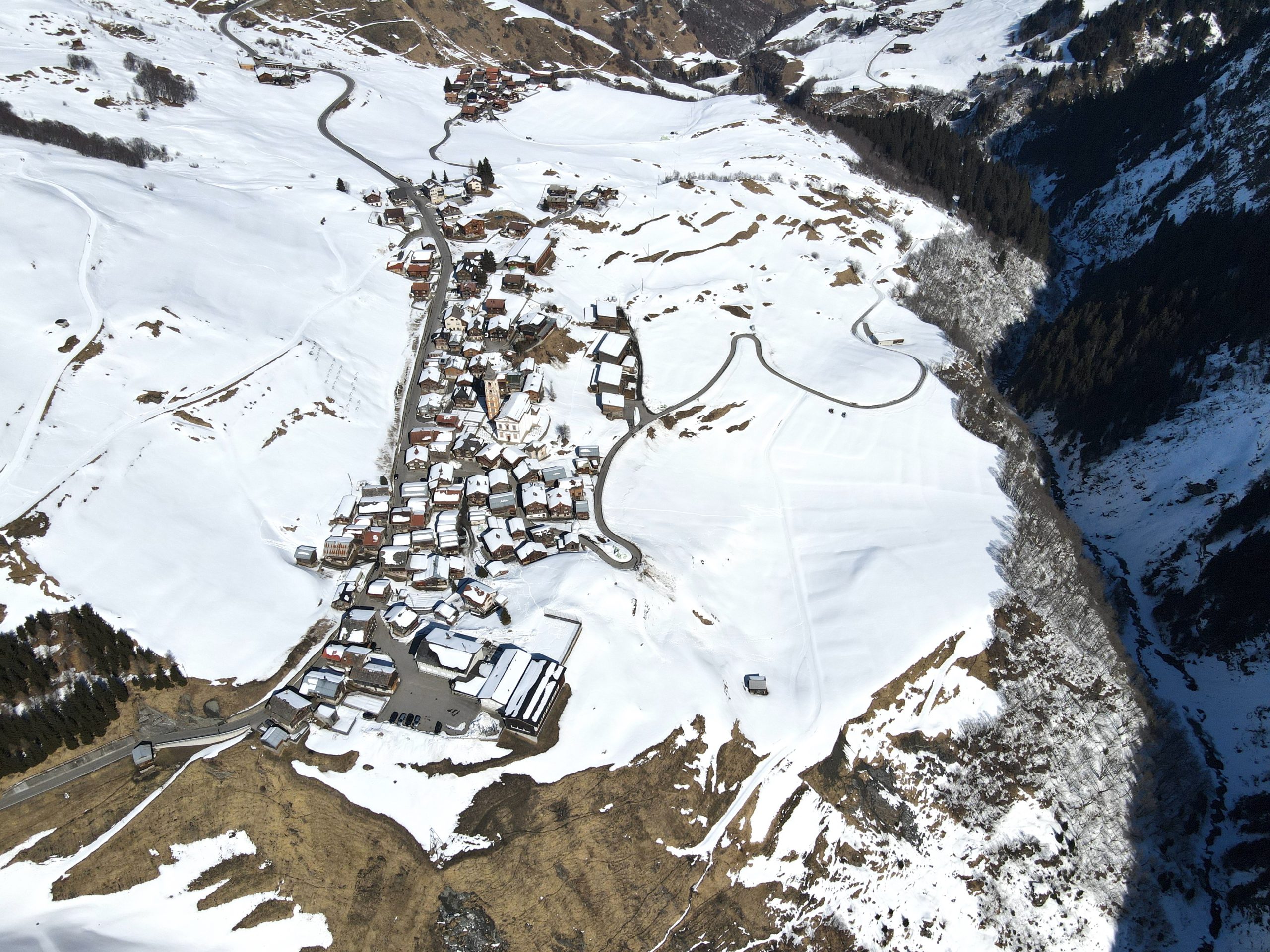
The sheep, the village and the architecture of a possible future
Abstract
The architecture of the municipality of Vrin has gained considerable notoriety in recent years thanks to a regeneration project supervised by the architect Gion A. Caminada. His goal was to use the existing architecture and reinvent it to create the premises for a rebirth at a socio-working level, thus promoting productivity and self-sufficiency within the municipality. Thus, the reference economies were those of agriculture, sheep farming and crafts – sectors that were also shaped by the communities living in the agglomerations within the municipality. To relocate the production processes into a collective dimension, it was necessary to rethink the spaces in which they could flourish. The idea was that the workspace could live on through a balanced contamination between nature and artifice, relating productivity to other aspects of daily living.
To understand how the buildings used for productive activities could be emblematic with respect to the Lumnezia valley’s landscape, it was sufficient to observe some stables and barns in the villages or the pastures dating back to the 12th century. In terms of materials and design, they represented the activities of agriculture, pastoralism, carpentry, and craftsmanship in a single form. However, such form is not the only reminder of the many activities carried out in this context; it is also and above all their position in the territory that acts as a reminder of this, strengthening the perceivable spatial context. The Mazlaria agricultural complex in Vrin, designed by Caminada, is perhaps among the most emblematic examples of this kind of design. Vrin’s design experience is related to the circular link that can be established between human activities and processes of regeneration and urbanization. This bond strengthens the synergy between work, leisure and sociability, placing these issues within the same physical and abstract context.







